The printers of the 'Invisible Ink' puzzle books published by PAN under the Piccolo imprint.
The first one was 'Ball Games' by Tom Case which went on sale on 8th June 1984
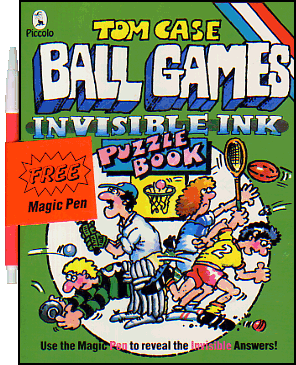
Click above to see more covers.
Many thanks to Tony Kennett (Chairman), Helen Kennett (MD) and Frank Hemmings for taking so
much time and trouble to make us feel very welcome on our visit to their factory (9th June 2014)
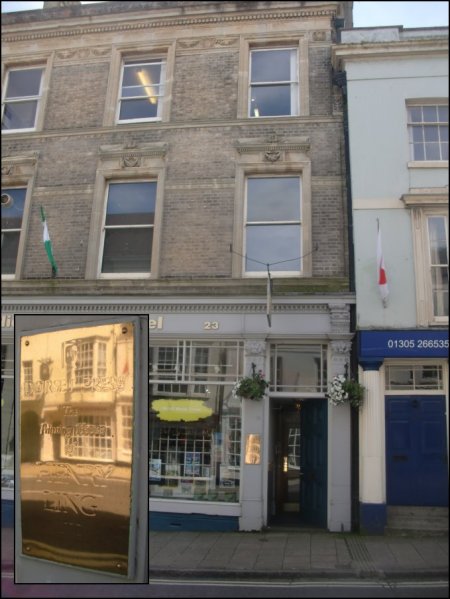

An Extract from Henry Ling's Website
Henry Ling Limited is a leading manufacturer of
journals and books. We provide a complete service,
from typesetting (including electronic product delivery)
to print manufacture from pdf or application files and a full
range of binding styles including casing for hardback books.
Henry Ling Limited has a rich history, starting life 140
years ago as a commercial printer in Dorchester.
Today this historic building, with many original features,
is the site of the offices for administration and the Data
Manipulation facility. A modern factory on the edge of
town is the location of the main manufacturing base.
Henry Ling is a private limited company. We are family
owned and managed and currently employ 120 people.
We take pride in placing ourselves at the forefront of
technology, a good example of this is our JDF enabled production workflow.

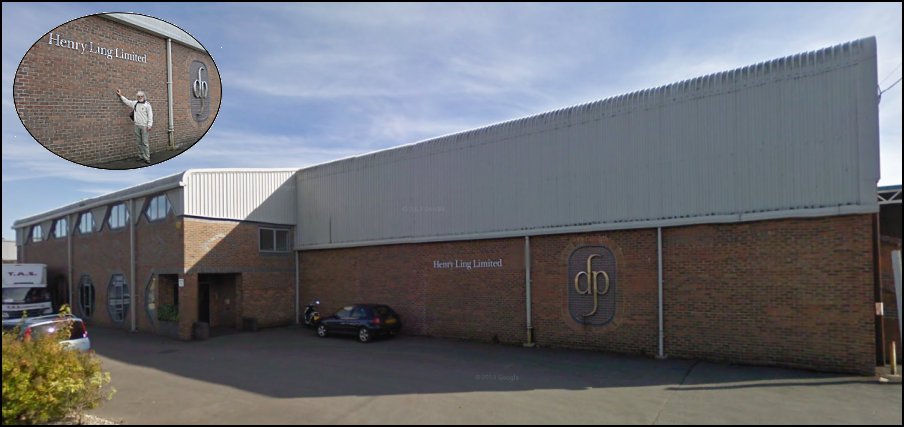
In 1983 PAN placed an advertisement in 'Printer's World' for a company
to print with invisible ink. Henry Ling Printers rose to the challenge.
A patent on a suitable invisible ink was already held by an American company so a new ink was needed.
This was formulated by Coates Brothers Ink Ltd, Easton Street, London, WC1X 0DP (now Sun Chemicals)
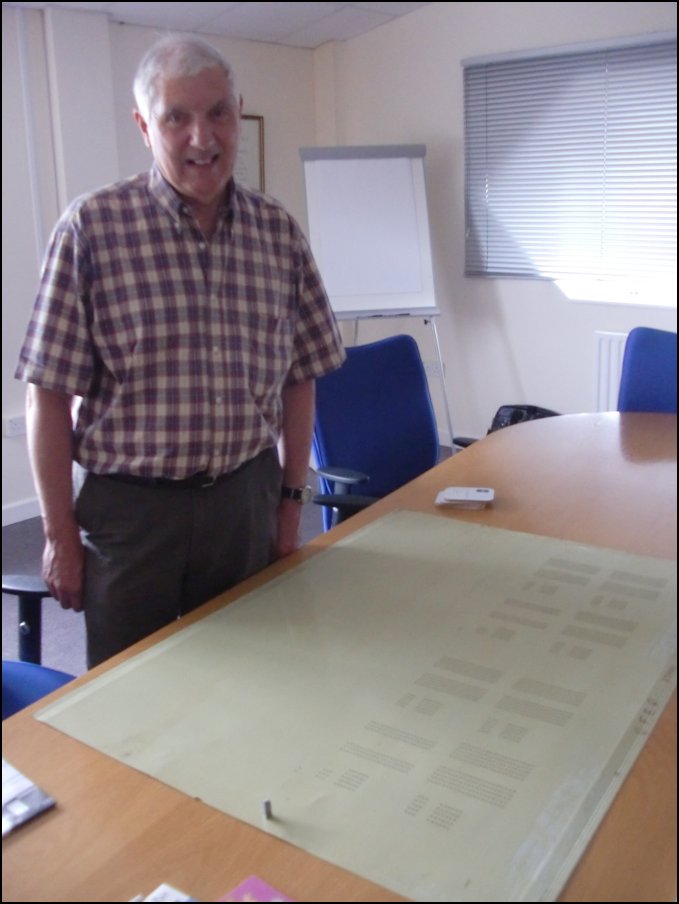
He was heavily involved with the production of the books liaising with David Bleasdale at PAN
He brought with him an example sheet similar to the ones used to print the 'Invisible Ink' titles.
Frank also had the responsibility for the felt tipped pens needed to reveal the answers.
They initially got them from Platignum but when they stopped production Ling went to Italy.
The pens came in parts and the 'tampon' needed to be filled. Frank did this at home which
involved standing the middles on end in a tray of the reagent and finally pouring some on top.
They got very few returns but then again could never be sure if the pen was full of something invisible.
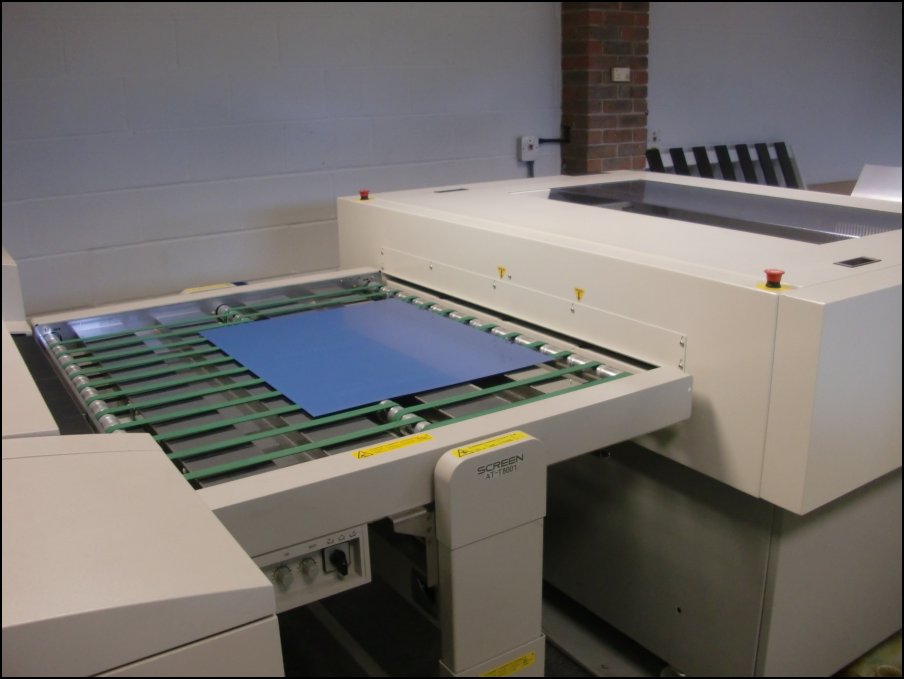
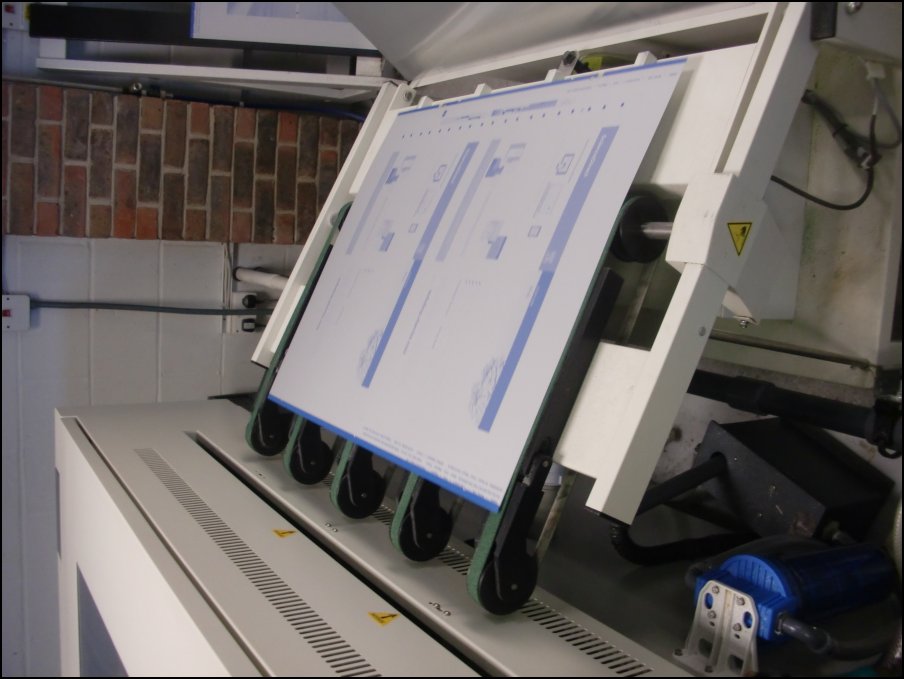
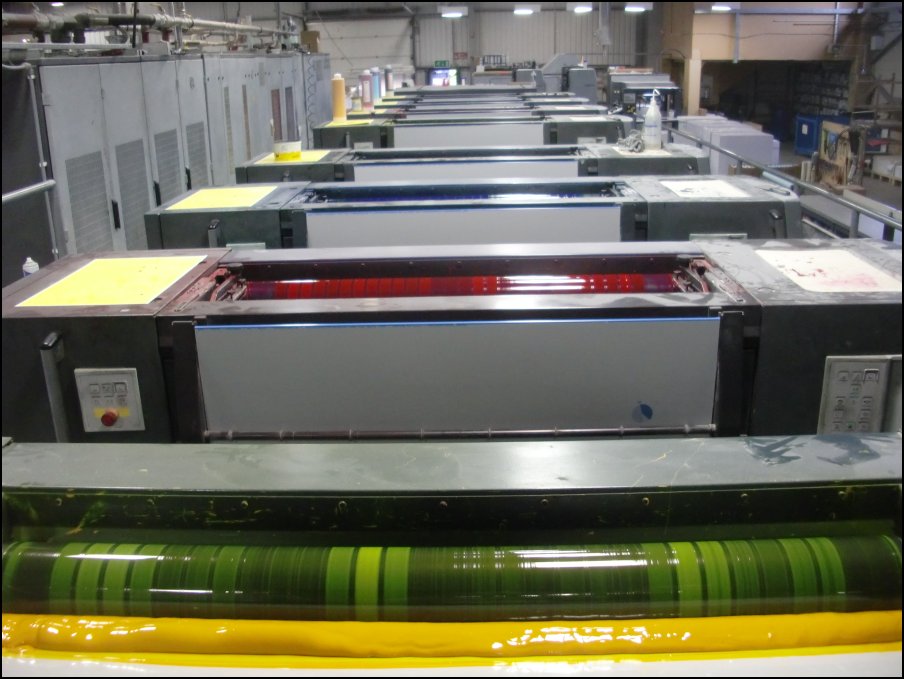
The problem with invisible ink is that you can't see if it's there and how it's actually printing!
They ended up with a jumbo sized pen to check the pages coming off the press.
Another problem was cleaning off the ink properly after a run.
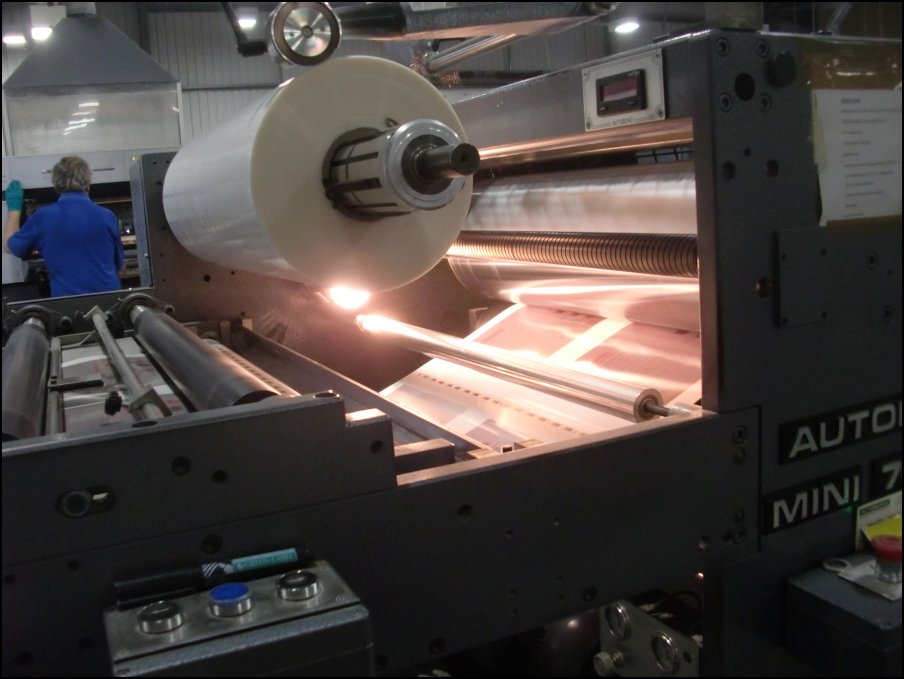
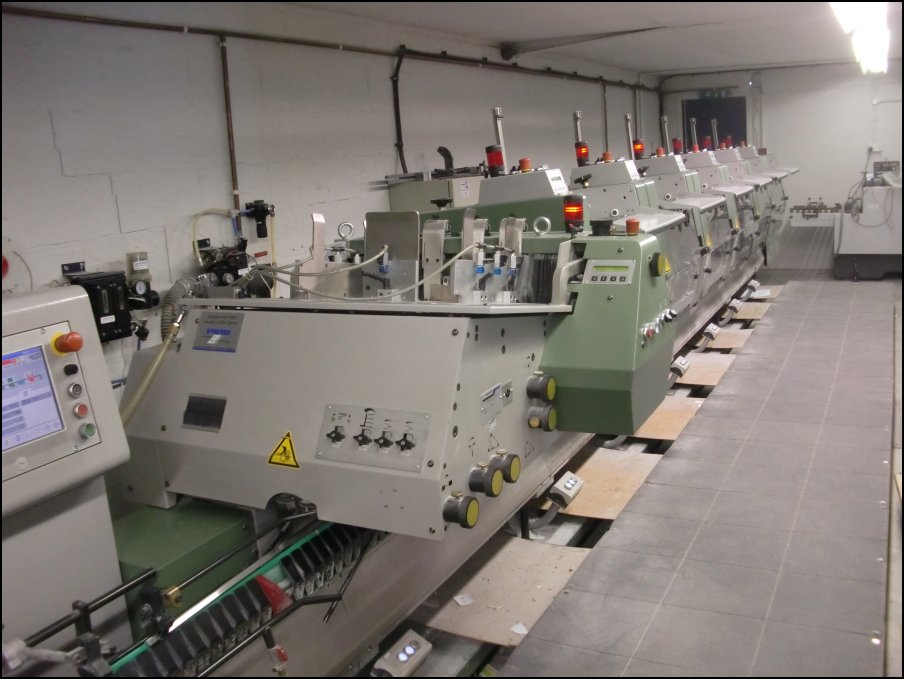
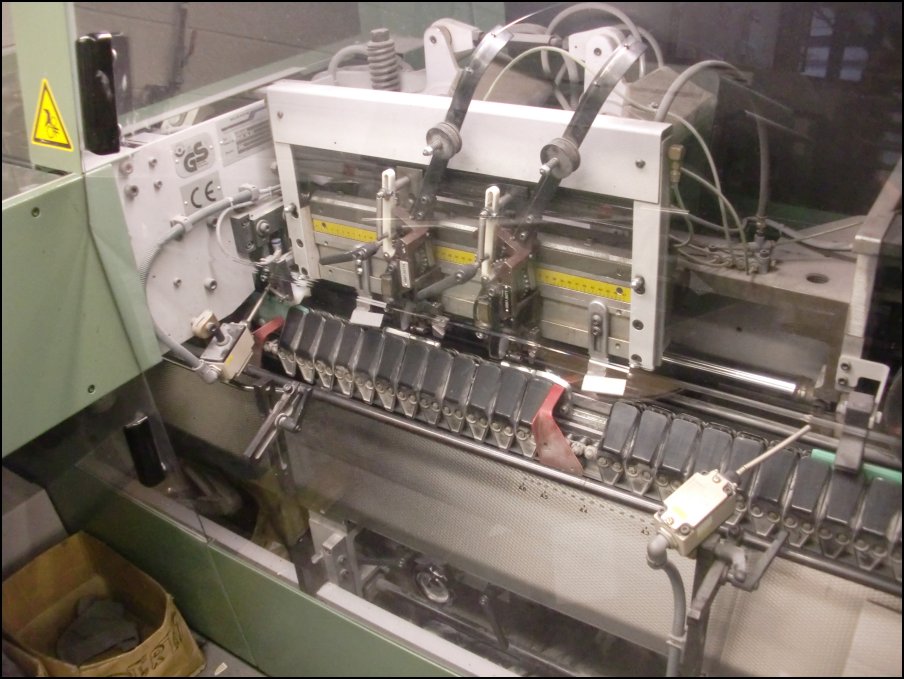
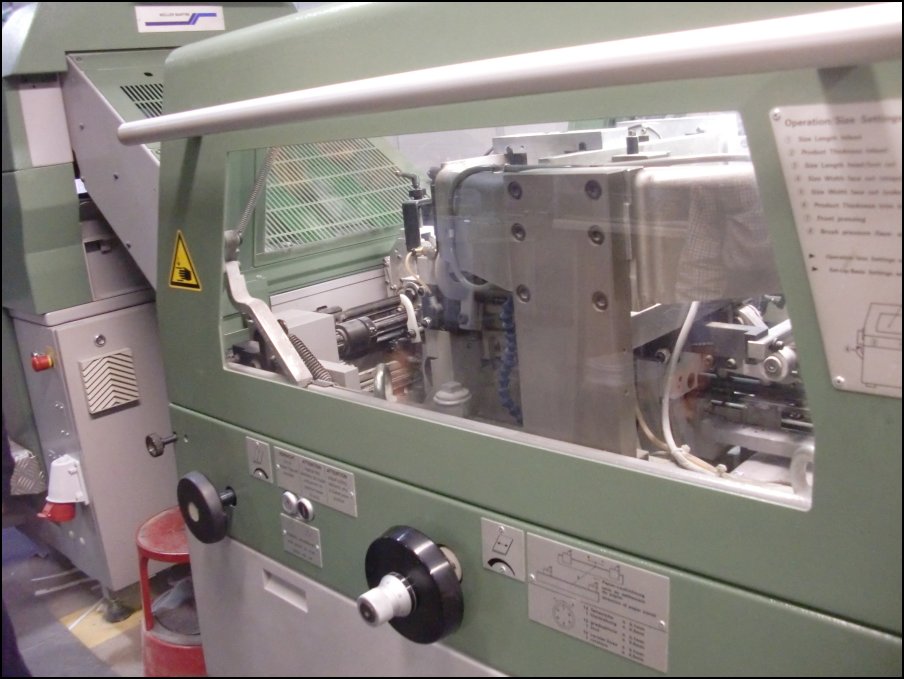
football programme, a 7/11 Club promotion for free drinks and to win a prize in the programme
for the IPEX Exhibition at the NEC. Unfortunately the star prize was won on the first day!
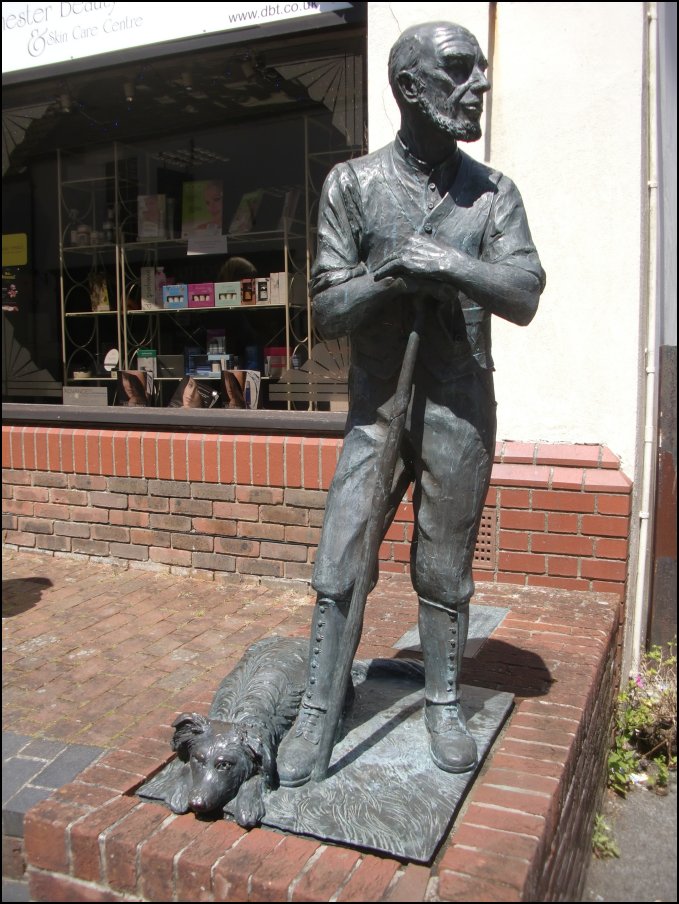
and sculpted by John Doubleday to mark the millennium. The inscription belonging
to this statue includes a verse from "The Shepherd o' the Farm" by William Barnes